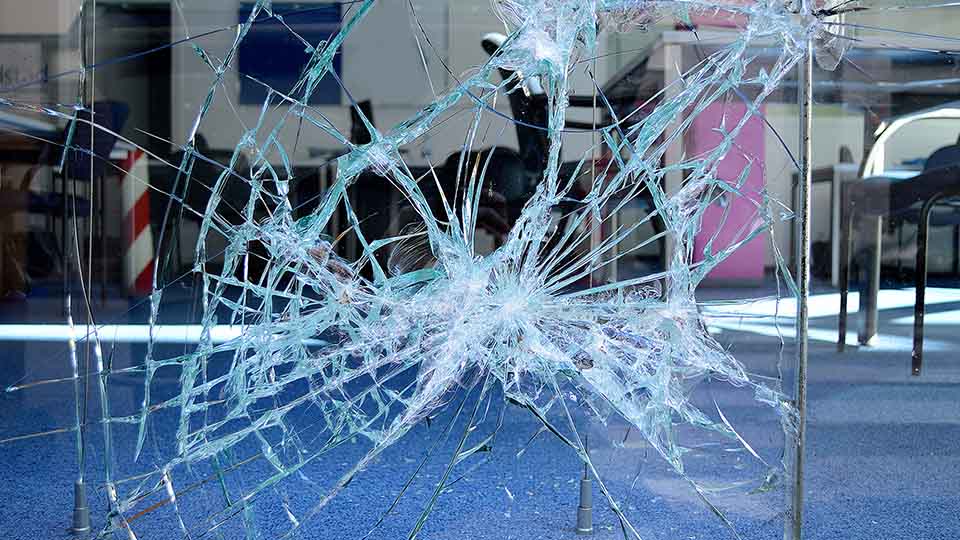Malicious Damage vs. Vandalism in NSW
In New South Wales (NSW), malicious damage and vandalism are both criminal offenses involving the destruction of property. While these terms are often used interchangeably, they have distinct legal definitions and implications. Understanding the differences between malicious damage and vandalism is crucial for anyone facing charges or involved in legal matters concerning property damage. This article will explore these two offenses, their legal definitions, and how they are prosecuted in NSW. Malicious Damage vs. Vandalism in NSW
Understanding Malicious Damage and Vandalism
Before delving into the distinctions between malicious damage and vandalism, it’s important to define each term and understand their legal contexts.
Malicious Damage
Malicious damage refers to the intentional or reckless destruction of someone else’s property. In NSW, this offense is governed by Section 195 of the Crimes Act 1900. To be convicted of malicious damage, the prosecution must prove that the accused acted with intent or recklessness and that their actions resulted in damage to the property.
Examples of malicious damage include:
– **Arson:** Setting fire to property with the intent to cause damage.
– **Property Destruction:** Breaking windows or slashing tires.
– **Interference:** Tampering with electrical systems or other critical infrastructure.
Malicious damage can be prosecuted as either a summary or indictable offense, depending on the severity of the damage and the circumstances of the case.
Vandalism
Vandalism is a broader term that encompasses various forms of property damage, often characterized by its aimless or destructive nature. In NSW, vandalism is commonly associated with the act of defacing or damaging property, particularly public or private property, without any legitimate purpose. While vandalism can be a form of malicious damage, it also includes other acts of property destruction.
Examples of vandalism include:
– **Graffiti:** Unauthorised markings or drawings on walls and surfaces.
– **Tagging:** Applying symbols or signatures to property as a form of personal expression.
– **Public Destruction:** Damaging public facilities or monuments.
Vandalism can lead to criminal charges under different sections of the Crimes Act 1900 or local council regulations, depending on the nature of the act and its impact.
Legal Definitions and Differences
Understanding the legal distinctions between malicious damage and vandalism is essential for navigating the legal system and determining the appropriate legal response.
Legal Definition of Malicious Damage
Under Section 195 of the Crimes Act 1900, malicious damage occurs when a person “intentionally or recklessly destroys or damages property belonging to another person.” The key elements of this offense are the intent or recklessness of the accused and the resulting damage to the property. Malicious damage is generally considered a more severe offense, particularly when it involves significant destruction or critical infrastructure.
Legal Definition of Vandalism
Vandalism is less clearly defined in the Crimes Act 1900 but is addressed through various provisions related to property damage and public disorder. Vandalism often involves defacing property or committing acts of destruction with little regard for the consequences. It can be prosecuted under different sections of the Crimes Act or local council regulations, which may vary depending on the nature and severity of the offense.
Prosecution and Penalties
The prosecution and penalties for malicious damage and vandalism differ based on the specifics of each offense and the legal framework under which they are charged.
Prosecution of Malicious Damage
Malicious damage can be prosecuted as either a summary or indictable offense, depending on the extent of the damage and the circumstances. Summary offenses are dealt with in the Local Court and typically involve less severe cases, while indictable offenses are handled in higher courts such as the District Court.
The prosecution must prove that the accused acted with intent or recklessness and that their actions resulted in property damage. Penalties for malicious damage can include fines, community service, or imprisonment, depending on the severity of the offense and any aggravating or mitigating factors.
Prosecution of Vandalism
Vandalism is generally prosecuted under different provisions, which may include local council regulations or specific sections of the Crimes Act. The prosecution must establish that the accused committed an act of property damage, though the focus may be on the nature of the act and its impact rather than the intent or recklessness.
Penalties for vandalism can also vary widely and may include fines, community service, or other sanctions depending on the nature of the vandalism and its consequences.
Defenses and Legal Considerations
If you are facing charges of malicious damage or vandalism, understanding potential defenses and legal considerations is crucial for building a strong case.
Defenses Against Malicious Damage
Common defenses against malicious damage charges include:
– **Lack of Intent or Recklessness:** Demonstrating that the damage was accidental or that you did not act with intent or recklessness.
– **Claim of Right:** Arguing that you believed you had a legal right to damage the property.
– **Duress or Coercion:** Proving that you were forced to commit the damage under threat or pressure.
Defenses Against Vandalism
Possible defenses against vandalism charges include:
– **Lack of Evidence:** Arguing that there is insufficient evidence to prove that you committed the vandalism.
– **Permission:** Showing that you had permission to mark or alter the property in question.
– **Mistake of Fact:** Demonstrating that you were mistaken about the ownership or permission related to the property.
Conclusion
While malicious damage and vandalism both involve the destruction of property, they differ in legal definitions, prosecution, and penalties. Understanding these differences is essential for anyone facing charges or involved in legal matters related to property damage.
If you are accused of malicious damage or vandalism, seeking legal advice from an experienced criminal lawyer is crucial. A skilled lawyer can help you understand the charges, explore potential defenses, and work towards the best possible outcome in your case.





